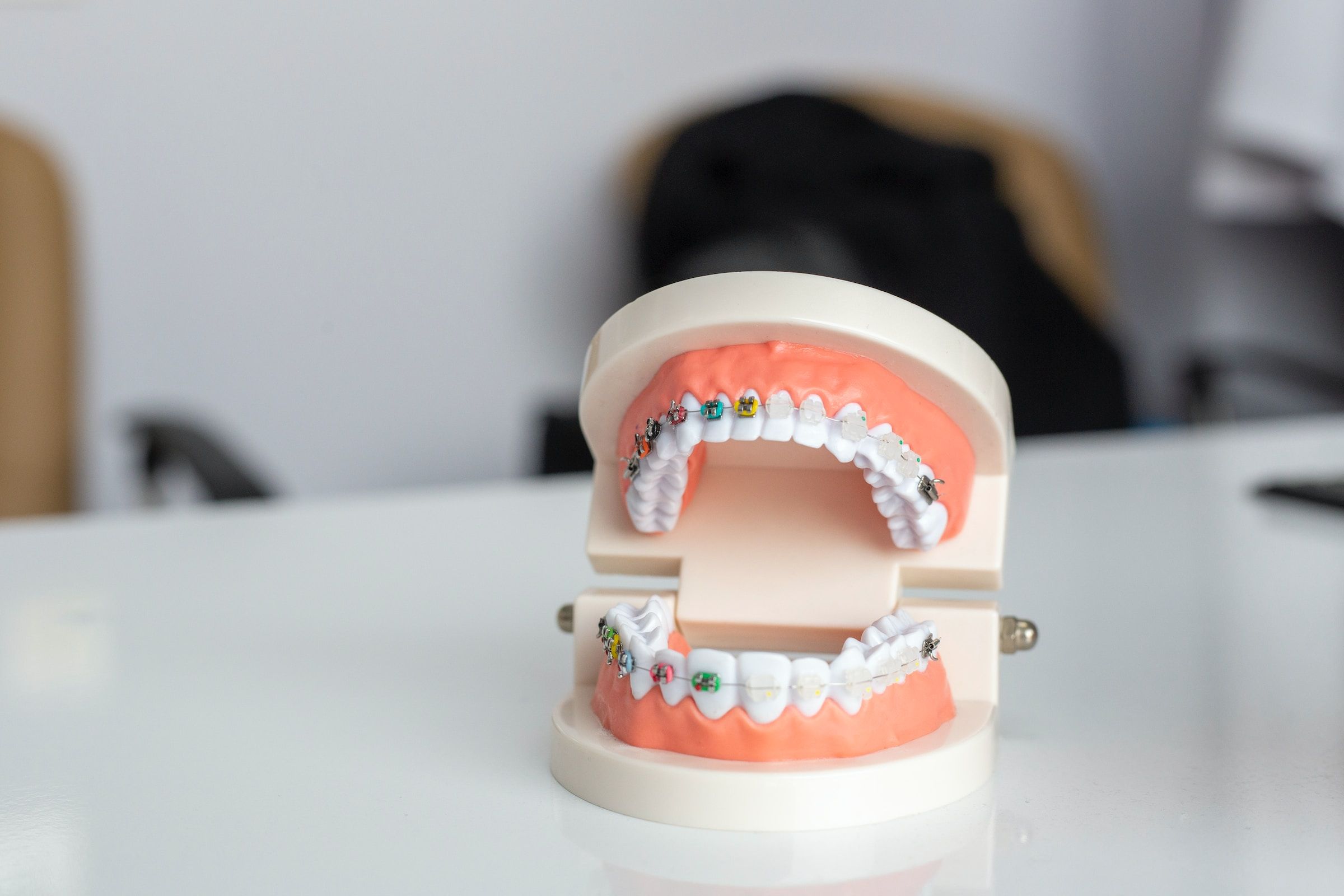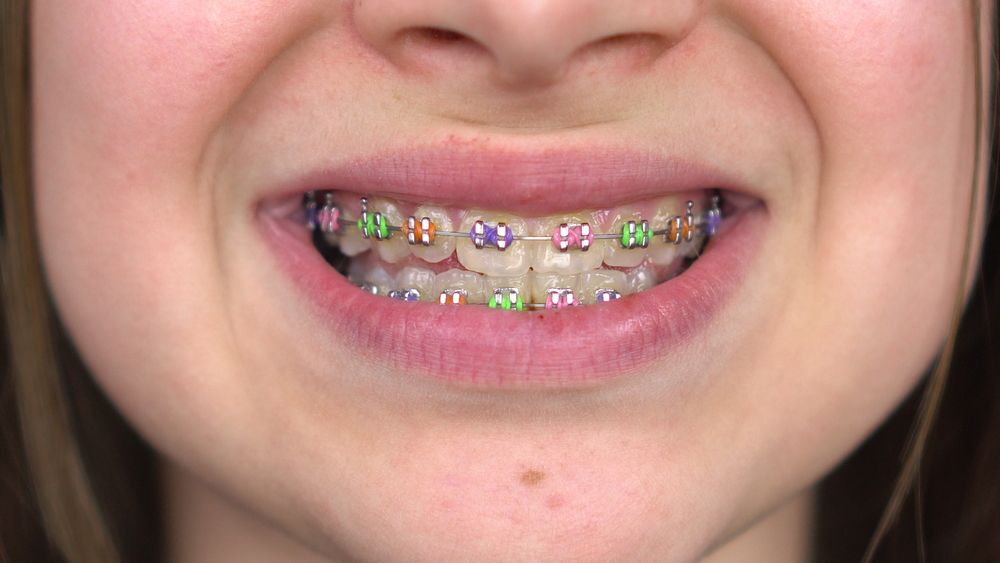Ask an Orthodontist in The Woodlands, TX: What is an overbite and how can I treat it?
Dental misalignment can take many forms. Sometimes, only individual teeth are crooked. Other times, your entire bite could be out of alignment, a condition known as malocclusion. Overbites are a type of malocclusion that can cause significant cosmetic issues and even health problems. Fortunately, an orthodontist in The Woodlands, TX, can provide effective treatment with long-lasting results.
At Harmony Orthodontics, Dr. Wint Tun treats all types of dental misalignment, from minor cosmetic concerns to severe malocclusion. To provide the best possible care, she offers a wide range of treatment options, including traditional and clear braces, as well as Invisalign®.
If you are ready to improve your smile and oral health, contact Harmony Orthodontics today.
What is an overbite?
An overbite occurs when the top teeth protrude in front of the bottom teeth. A minor overbite may not require treatment. A severe overbite can affect your facial contours and cause problems with oral function. Studies indicate that this type of malocclusion is quite common and affects about 22% of the population.
Symptoms of an Overbite
The most noticeable symptom of an overbite is the effect it can have on your appearance. In severe cases, it could make it difficult to close your mouth all the way. Or your chin could appear to be small or receding. An overbite can also make it difficult to bite down fully. It could also cause breathing difficulties and speech impediments.
What causes this type of misalignment?
Genetics are one of the most common causes of an overbite, since genes affect the shape and size of your jaw. Other causes include:
- Prolonged thumb sucking or pacifier use: The pressure from non-nutritive sucking can cause adult teeth to emerge at an angle
- Tongue thrust: This occurs when the tongue presses too far forward when swallowing or speaking. The resulting pressure can push the top teeth outward.
- Bruxism: Teeth grinding can cause an overbite. Conversely, existing malocclusion increases the risk for bruxism and related problems, such as TMJ Disorder and dental erosion.
Treatment Options from an Orthodontist in The Woodlands, TX
Braces are the most common treatment for an overbite. Your treatment may take place in two phases. During the first phase, the brackets and wires will straighten crooked teeth. During the second, Dr. Tun may place a small rubber band called an elastic to connect the upper and lower braces. This will cause the top teeth to shift back and the bottom teeth to move forward. However, elastics are not always necessary, which is why Invisalign can sometimes be a great option.
In other cases, Dr. Tun may recommend a palatal expander. An expander sits on the roof of the mouth and widens the upper dental arch. Patients of all ages can benefit from expanders, but younger children are often the best candidates, since their jawbones are more malleable.
In very severe cases, you may require surgery to correct an overbite. Known as orthognathic surgery, this procedure will realign your upper and/or lower jaws. Dr. Tun can refer you to a surgeon for treatment.
Contact Harmony Orthodontics Today
If you struggle with an overbite or any other type of malocclusion, treatment is available!
To schedule a consultation with an orthodontist in The Woodlands, TX, contact us online or call 832-699-3683.




